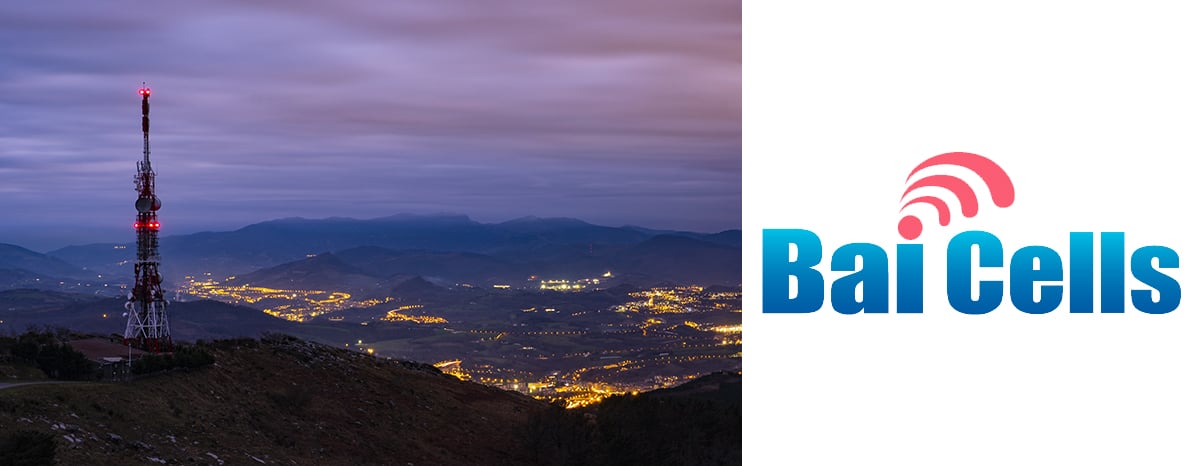The Citizens Broadband Radio Service (CBRS) is all the buzz in the wireless world. Operators are excited, waiting patiently for commercial deployment to become a reality. So what's all the commotion about? Why is this topic so important?
In order to keep you up to date on this important topic, DoubleRadius has partnered with BaiCells, Small Cell and LTE manufacturer and CBRS subject matter experts. Together, we'll be providing you an informative CBRS blog series, featuring a monthly article with the latest developments.

Introduction to CBRS Spectrum
CBRS is the spectrum in the 3.65GHz band between 3550~3700MHz. In April 2015, FCC regulated CBRS for commercial deployment as Part 96 Rules. This band is lightly licensed and shared among users. CBRS offers tremendous opportunities to enable both in-building and outdoor coverage and capacity expansion at low cost.
Licenses in CBRS are in three tiers:
- Incumbent protection - Reserved for fixed satellite stations or government agencies.
- Priority Access License (PAL) - Users in this tier must bid for these licenses to have priority access.
- General Availability Access (GAA) - GAA users do not have to bid for licenses but they are required to register.
They specified the standards of spectrum sharing at Wireless Innovation Forum (WInnForum). Central to the implementation is the Spectrum Access Servers (SASs). CBRS Service Devices (CBSDs) rely on SAS to access CBRS spectrum.
CBRS Technology and Equipment
CBRS is technology neutral. However, the CBRS Alliance is promoting an LTE ecosystem that would allow technology advancement and availability of a wide range of devices. This choice also makes CBRS future-proof as 4G LTE evolves into 5G New Radio (5G NR). The CBRS spectrum is defined as Band 48 in 3GPP. This band is applied either independently or aggregated with other LTE bands. There are over a hundred members at the Alliance including operators, vendors, and other stakeholders.
Equipment vendors are working closely to ensure interoperability. Last summer, both SAS vendors and CBSD vendors have successfully showed interoperability at a OnGo Interop Event. OnGo is the brand name of CBRS services certified by CBRS Alliance. Vendors are busy these days in getting their SAS and CBSD equipment certified by the FCC and the Alliance.
CBRS Commercialization
GAA services will start this year once the Initial Commercial Deployment (ICD) concludes. PAL will also be available at the conclusion of the PAL license auction that will take place later this year. As of now, Incumbent NN license holders in the 3.65GHz band have grandfathered status to continue services under Part 90 Rules until April 2020 in most cases. After that, they must upgrade their equipment to Part 96 compliant and register with SAS to continue services. They may choose GAA or bid for PAL.
Fixed Wireless Access will be the first mover of CBRS service. There is huge interest in the mobile network offload, venue, and enterprise services. Data from ICD shows that fixed wireless access accounts for 41% of all use cases. They predict by 2023, CBRS radio access network infrastructure will generate $700m in revenue. In the following blogs, we will dive into detailed aspects of CBRS and provide a live update of the market development.
To learn more about CBRS, visit the LTE section of the BaiCells Community for further discussion.
or learn more about Baicells LTE technology
